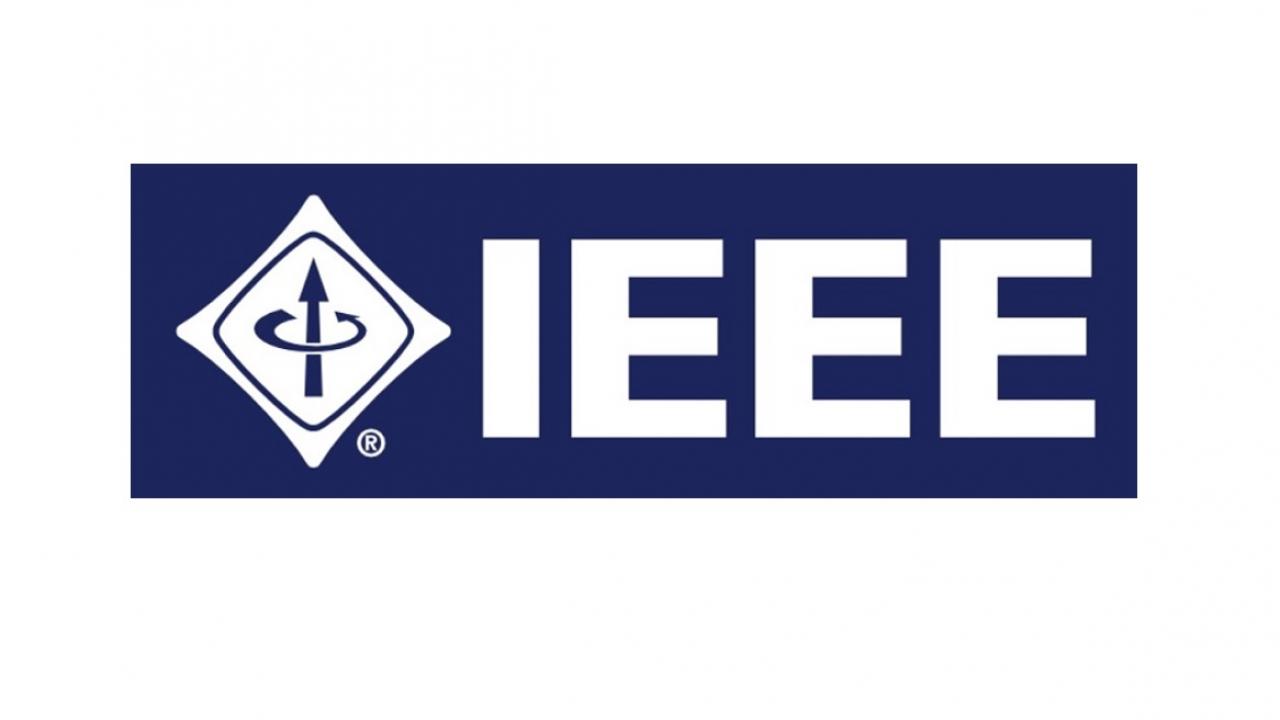
Martin Judenhofer Receives IEEE 2013 Bruce Hasegawa Young Investigator Medical Imaging Award
Martin Judenhofer, a project scientist in the Cherry Lab, has received the IEEE 2013 Bruce Hasegawa Young Investigator Medical Imaging Award. The award is given to one individual each year for their research accomplishments in medical imaging. The prize citation was “For contributions to small-animal imaging instrumentation and the development of preclinical simultaneous PET/MRI scanners”. He received the award at the IEEE Medical Imaging Conference in Seoul, South Korea 27 Oct – 02 Nov 2013 .
Dr. Judenhofer received the award for pioneering the development and construction of one of the first PET insert prototypes for use in a 7 Tesla MRI based on solid state photo detectors. This system allows researchers to do simultaneous small animal PET/MRI measurements which may provide for interesting application enabling the observation of functional/dynamic processes quasi at the same time. In contrast to previous systems, which used optical fibers coupled to photomultiplier tubes, this system was using solid state photodetectors (Avalanche Photo Diodes, APDs) which can be operated inside a high magnetic field without major perturbation. This work was published in Nature Medicine.
Fundamental detector testing work was done at UC Davis together with Simon Cherry and Bernd Pichler in 2004, while Dr. Judenhofer was pursuing his Bachelor’s and Master’s degrees in the Cherry Lab. The major work of building the system was done during his Ph.D. work at the University of Tübingen, with Dr. Bernd Pichler, while Dr. Cherry and his doctoral student, Ciprian Catana (who is now an assistant professor at Massachusetts General Hospital), worked on a similar system using a hybrid detector consisting of short light fibers and position sensitive APDs. The two groups exchanged experiences and ideas, and are co-authors on the respective papers.
Today, several PET insert systems are being built and worked on in several research groups around the globe all with the focus on using novel types of detectors and improving PET performance. Dr. Judenhofer and Cherry Lab colleagues are currently working on a novel system which is employing more robust detectors based on silicone photomultipliers that also provides increased PET FOV and detection sensitivity.
